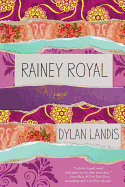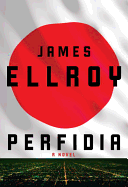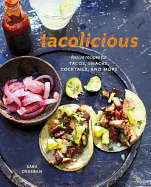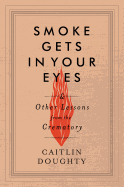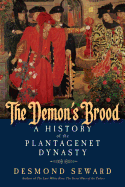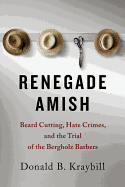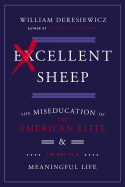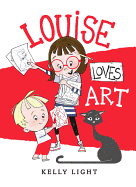 |
| photo: Mike Zajakowski |
Julia Keller is the author of Summer of the Dead (Minotaur), the third novel in her series featuring prosecutor Belfa Elkins, who returns to her Appalachian hometown with hopes of stemming the tide of illegal prescriptions drugs. Born and raised in Huntington, W.Va., for many years Keller was chief book critic at the Chicago Tribune, where she won a Pulitzer Prize for feature writing. She has taught writing at Princeton University, the University of Notre Dame and the University of Chicago.
On your nightstand now:
In Paradise by Peter Matthiessen, Tigerlily's Orchids by Ruth Rendell, The Seven Pillars of Wisdom by T.E. Lawrence and The Poacher's Son by Paul Doiron.
Favorite book when you were a child:
A Wrinkle in Time by Madeleine L'Engle. This spooky, mesmerizing story grabbed me back then and haunts me still. I remember being completely besotted by it; I couldn't get its rhythms out of my head.
Your top five authors:
Willa Cather, Iris Murdoch, Sylvia Townsend Warner, Gore Vidal and Virginia Woolf.
Book you've faked reading:
Why fake it? That's like picking your own pocket--the only loser is you. I'd be far more likely to claim I haven't read a book that I actually have read. Why? Because when a friend recommends a book, I don't like to snap back, "I've read it, thanks." That makes me sound like a smarty-pants.
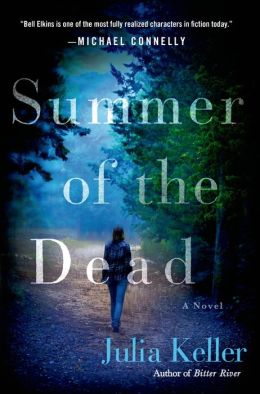 Book you're an evangelist for:
Book you're an evangelist for:
The Sea and the Silence by Irish author Peter Cunningham. This is a spare, exquisite novel that builds to a shattering emotional climax. I found it by sheer happenstance, and now force it into the hands of everyone I meet who appreciates a masterfully told story with a sweeping lyrical intensity.
Book you've bought for the cover:
Small Crimes in an Age of Abundance, a story collection by Matthew Kneale. The cover is devilishly clever; it looks as if someone has taken a small knife and cut out a [letter] from the title, in order to swipe it. At first, I thought the cover had been vandalized--that's how realistic it is. And the stories are wicked, pungent little moral dramas.
Book that changed your life:
The Song of the Lark by Willa Cather. No other novel captures so well the yearning of youth, the sustaining joy of hard work and the ephemeral nature of love. I reread this book every few years and always find new reasons to revere its quiet, austere, restless beauty.
Favorite line from a book:
This seems to change daily, but right now, it's from Fludd by Hilary Mantel: "He heard the mournful shunting and the calls of trains, the feet of night porters on the stairs, the singing of a drunk in St. Peter's Square: he heard ragged breathing from a hundred rooms, the Morse chattering of ships at sea, the creak and scrape of the pivot as angels turned the earth."
Which character you most relate to:
Oh, the agony! Anyone who answers this question honestly is just asking for trouble, leaving herself open to instant psychoanalysis. Okay, here goes: it's a tie. The deeper I go into Sue Grafton's series of alphabet mystery novels, the closer I feel to Kinsey Millhone, her resourceful, wisecracking--and just plain wise--protagonist. But I also feel a strong kinship with Quirke, the moody, hard-drinking Dublin pathologist in John Banville's series of crime novels that he writes under the pen name Benjamin Black. The latest, Holy Orders, is suffused with gloom and fog and black webs of regret--just my cup of tea.
Book you most want to read again for the first time:
I remember the sweet agony of reading The House of Stairs by Barbara Vine--really Ruth Rendell--with a swoop of feverish intensity. I was half-afraid to keep going but fully unable to stop. The novel exerts a strange hypnotic power far beyond the usual crime-novel compulsion to find out who did what to whom and why. It's almost diabolical in its appeal; time disappears, the edges of the real world dissolve as you read, read, read. To be so completely under a book's spell is rare indeed, and I'd love--or is it fear?--to be back in that place, opening the first page of this entrancing novel for the first time.
Book Brahmin: Julia Keller
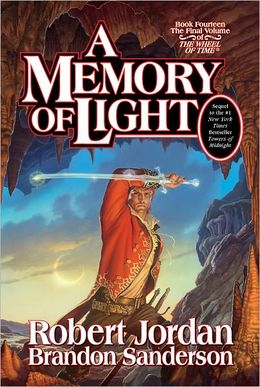




 Book you're an evangelist for:
Book you're an evangelist for:
